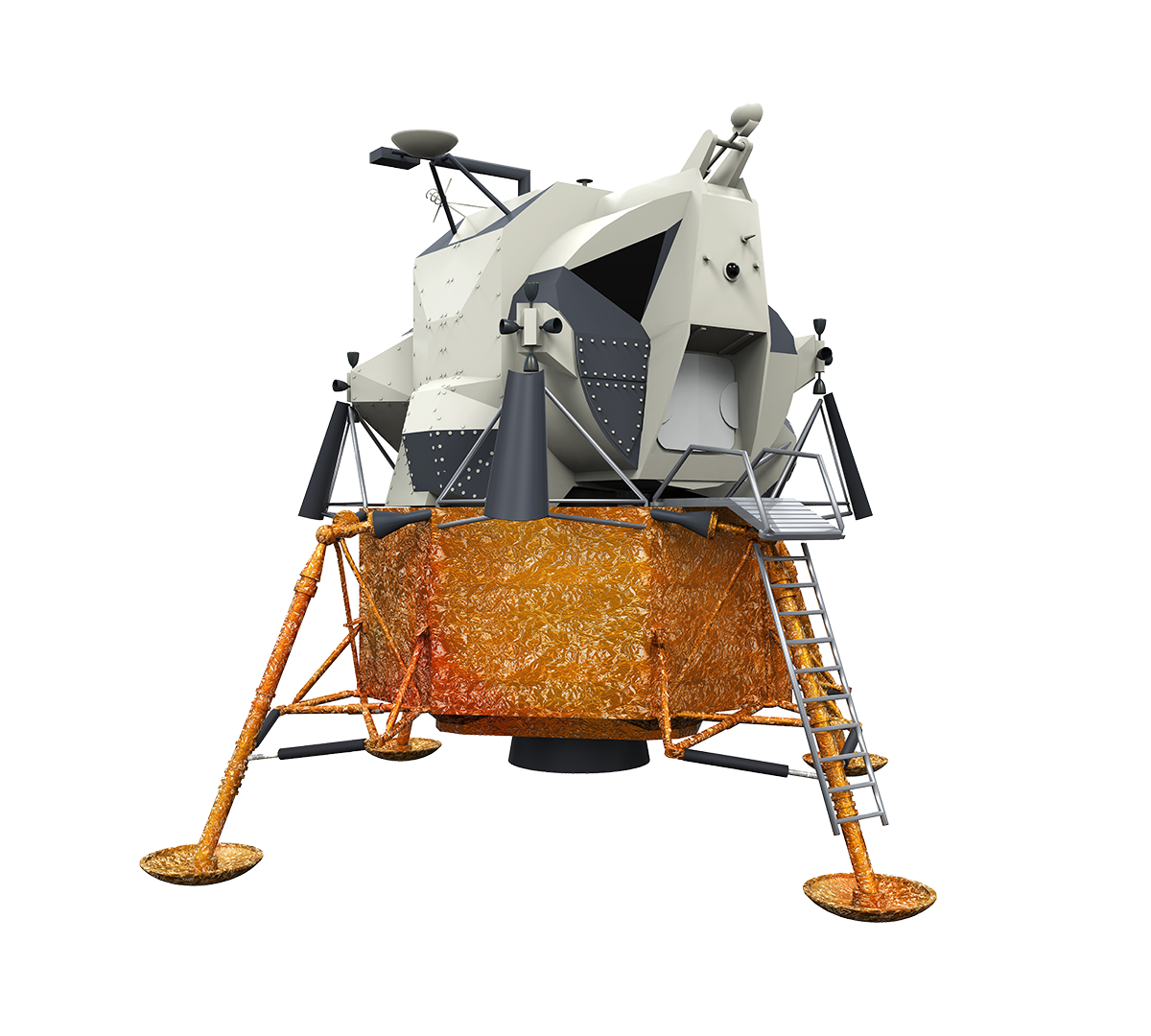A woman born into privilege, with parents who supported her curiosity about the world and her wish to learn, Cecilia Payne-Gaposchkin had more opportunities to follow her ambition than most. Nevertheless, born in England in 1900, she was denied opportunities many times based solely on her gender. It’s an all-too-familiar story, both in past eras and today.
A relentlessly curious child, Payne-Gaposchkin took delight in recognizing and classifying detail, and in knowing what was knowable. Encouraged to absorb knowledge, she did so – voraciously. Her siblings also went on to succeed in a variety of fields. But even with such a supportive head start, Payne-Gaposchkin frequently encountered obstacles. Esteemed “experts” declared that higher education could harm women mentally and physically. Thankfully, there always seemed to be at least one sympathetic character who helped Cecilia advance another step every time she needed it. And like so many stories of fascinating people, it seems to be little moments of fate that created life-altering changes in direction. By the time she gets to Cambridge University, it seems her relentless push encountered less resistance.
In fact, she is among much more helpful people – one of whom was memorably summoned by a colleague exclaiming “Sir, there’s a woman out there asking questions…”
Cambridge immediately after the First World War was an environment where the size and type of hat a woman wore for different occasions was apparently seen as more important than what she studied. A female student’s steel corsets might even upset delicate magnetic equipment. In a place where advanced theories of the universe were being discussed, we see a stark contrast with the backward thinking about women. One woman worked out how to break into the university’s observatory and study the stars solo, before rolling under iron gates to get back to her room uncaught. Yet there were also a small number of men who took notice of Payne-Gaposchkin’s insatiable curiosity and willingness to put in the time and study, and rewarded her with special opportunities. And it was an era where the old way of studying – experts lecturing at students who struggled to keep up – was changing to a model where hands-on experiments were performed in laboratories.
It’s sad – disgraceful, looking at it now – that Payne-Gaposchkin had to go to a totally different continent to pur-sue any chance of a career in the field she loved. Even so, this only came about because a number of leading men in the emerging field of astrophysics saw what incredible potential she had and opened the door to her a little.
By now in the United States, at Harvard, Payne-Gaposchkin was ideally placed for what so often happens in scientific discoveries. She had access to already-accumulated data, and an understanding of a theory of spectral classification that already existed. She had the background of physical chemistry to be able to analyze spectra, with a good idea of what might be learned. Her initial discovery, of spectral lines revealing the temperature of a star because of ionization, is lucidly explained, and we share the excitement as she makes the connections.
By the time we get to the point of her greatest discovery – how stars hold far more helium and hydrogen than ever anticipated – we’ve been very well led to this moment. Before her careful studies showed otherwise, it was believed that stars were made of approximately the same elemental composition as our own planet, in the same proportions. It makes a kind of sense, but I was surprised at how rigidly this idea had held, and how hard it was to overturn.
Like so many moments in science advancement, the discovery was resisted. Ignored. Then, as more confirming evidence came in and the idea became more widespread, it was grudgingly, then eagerly, accepted. The book relates equal parts frustration and hope, as some embraced and celebrated Payne-Gaposchkin’s genius, while others muted her work on account of her youth and gender. She was recognized as a star of her generation, asked to teach others, yet denied the title and pay that position affords – humiliatingly listed as “equipment” instead of instructor. Slowly – achingly slowly – she changed the conditions around her, simply by being among the best. She traveled to give talks after having children. She even brought her children to work, something still frowned on in many scientific research institutions. She broke barriers with precisely-aimed practicality. As the book so well relates, she absorbed the wisdom of those around her, and – if they stood in her way – simply slipped around them and carried on.
Not only do we fully get to know Cecilia as an individual, we also come to know the other characters around her as real people. We learn about many other women in lowlier, thankless tasks accumulating the data that allowed men to claim discoveries. We enjoy tales of people in this book despite their quirks – and often because of them.
There wasn’t ever going to be any thrilling moments of action in this biography, and that is as it should be. This is a story of people who have sacrificed other pleasures of life to doggedly pursue theories, pore over data, and adapt the theories of others in their field. It’s a reflection, a century later, of a moment where – steadily, quietly – one woman proved what most of the universe is made of.

